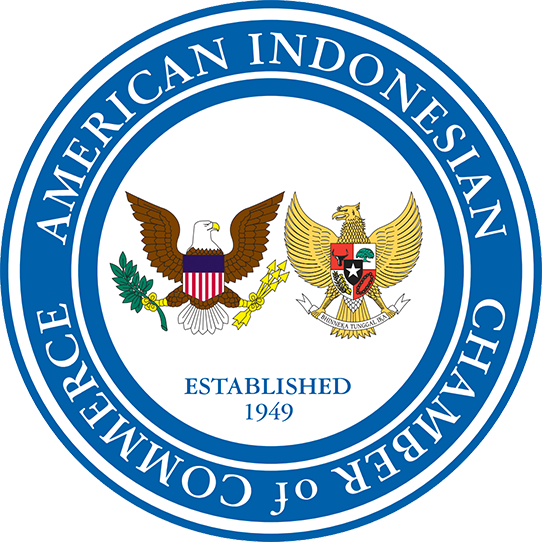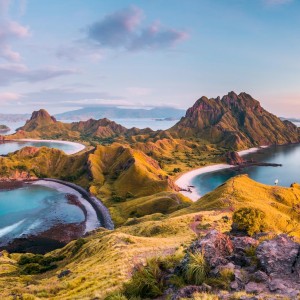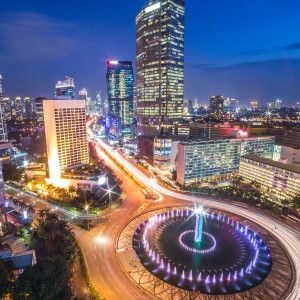Indonesia possesses many excellent economists who know supply and demand. They graduate from the economics departments of not only the nation’s best universities that rank with counterparts in other countries but from foreign universities as well. Many occupy senior positions in the government. But yet, when it comes to commodities such as rice or beef that are key to the lives of 90% of Indonesians, their influence seems minimized as politics unfortunately usually wins over economics. With a Presidential election just over the horizon its appropriate to examine this issue.
Even though Indonesia has grown a sizable middle class, whose appetites have widened to include instant wheat noodles, rice remains the dominant staple and just recently prices spiked when Indonesia planners miscalculated how much locally grown product would be available in the market. The Agriculture Ministry predicted a rice surplus when in fact the Central Bureau of Statistics had different numbers. The Trade Ministry, meanwhile, noted prices were tracking over 15% higher than their target retail rice. So, even though it was close to harvest season, the government was forced to suddenly allow the import of 500,000 tons of rice. If the import window had remained open, prices would have remained much more stable. Rice price is so key to Indonesia that a World Bank study calculated that a 10% rise in rice prices led to a 1.1% rise in poverty.
Economists will tell you that the root of the problem with rice is the myth of self sufficiency and the sale of that myth to Indonesia’s people as a political necessity. Politicians find it convenient to preach this gospel as if they could control the rains and all the other factors that effect supply. It is rare to find a policymaker who is not for open trade but yet time and again, Indonesians suffer from shortages and price spikes for the things they consumer daily. Although her I am focused on rice, I could also make similar points about beef, oranges, apples, and other products where tariff and non tariff barriers, import and export bans, are not supported by the economics.
For generations Indonesian leaders have followed the trail toward rice self sufficiency and it has often led them astray. Currently, President Jokowi is trying to reverse the damage from President Suharto’s 1990’s failed attempt to grow rice massively in Kalimantan where 1 million hectares (an area slightly smaller than Connecticut) of peat swamp forest were cleared and 2490 miles of canals were constructed. No rice was ever grown as the soils were inhospitable. The cleared land periodically erupts in smoldering peat fires and Jokowi is now damming the drainage canals. In 2009 President SBY proposed that another 1 million hectares be cleared near Merauke, Papua, for a mechanized rice and food estate. Other than some of the lands being cleared by pulp and paper producers little has happened yet.
Presidents get locked into the rhetoric of supporting local farmers, i.e. self-sufficiency, as well as keeping rice affordable. Often these two priorities are at loggerheads, especially if weather (El Nino) or insects get the upper hand. But its in the Indonesia’s DNA to keep both going at the same time. Every leader knows their political future is tied –in large measure– to rice. Instead of embracing trade the country often inhibits it.
Food security and affordabillity rather than self-sufficiency should be the priority. Indonesian leaders should be more truthful with their constituency. Indonesia resides in a part of the world where several countries regularly have a rice surplus (Thailand, Vietnam, India). Although the US no longer subsidizes rice sales to Indonesia, its always available as a supplier. Indonesia’s rice security is assured. With its implication for many other products, the issue does not have to be the nationalistic political football it has become.
by Wayne Forrest
(The writer’s opinions do not necessarily reflect those of the American Indonesian Chamber of Commerce or its members)





